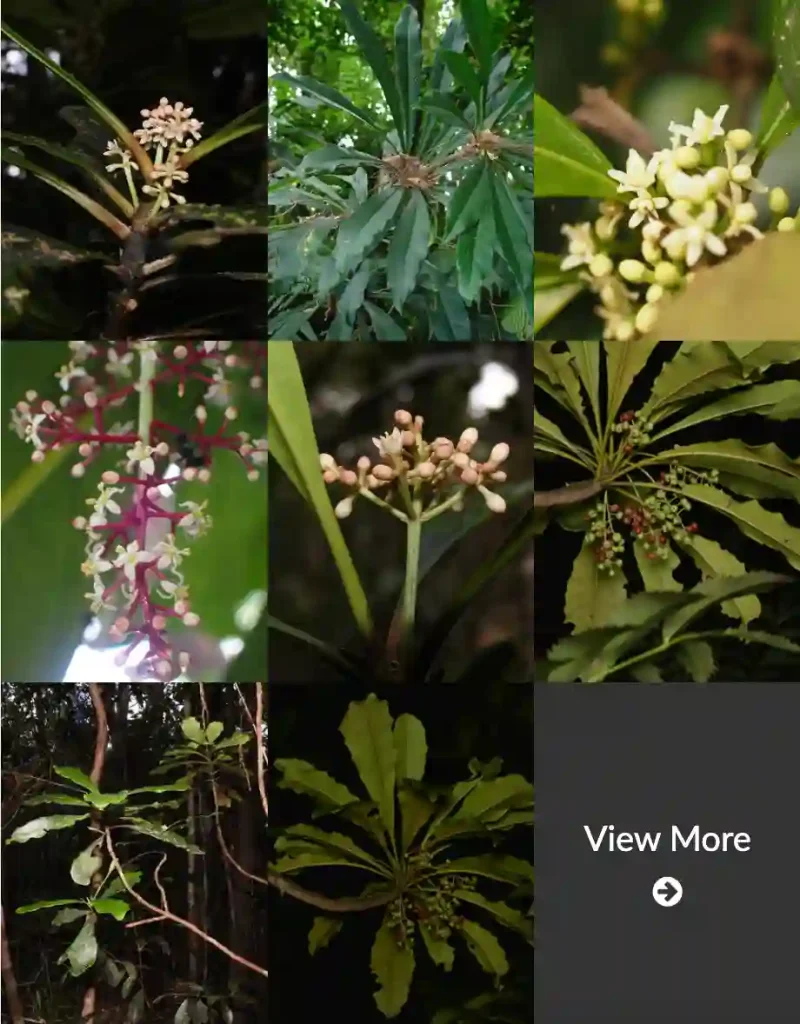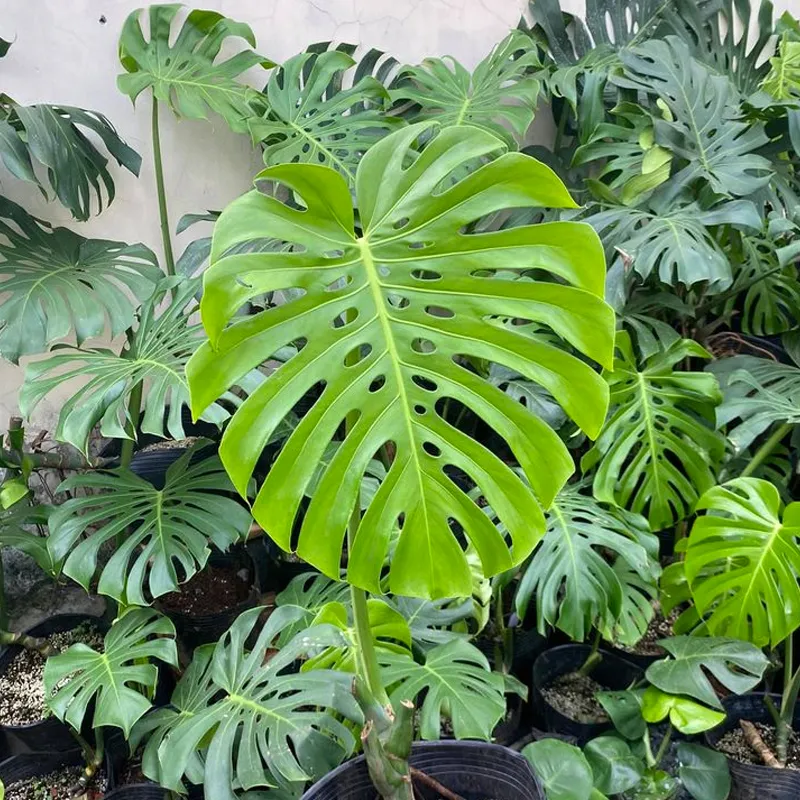A Fascination with the Euphorbiaceae: From a Budding Gardener’s Perspective
The world of plants has always held a special allure for me, Ferb Vu, a budding gardener with an insatiable curiosity about the green wonders that surround us. Among the countless plant families that pique my interest, the Euphorbiaceae stands out as a captivating and diverse group. Let me share my journey of discovering this remarkable family, from its unique characteristics to its vast array of genera.
Unveiling the Enigmatic Euphorbiaceae
The Euphorbiaceae, also known as the spurge family, is a sprawling and cosmopolitan family boasting an impressive diversity of forms and adaptations. From towering trees to humble herbs, succulents to aquatic plants, this family encompasses a remarkable spectrum of life forms. One of the defining features of Euphorbiaceae is the presence of milky latex, a sticky, often toxic sap that serves various functions, from deterring herbivores to aiding in wound healing.
A Tapestry of Genera
The sheer number of genera within the Euphorbiaceae is awe-inspiring, estimated to be around 229 with thousands of species. Each genus offers its own unique set of characteristics, contributing to the rich tapestry of this plant family.
- Euphorbia: Arguably the most iconic genus of the family, Euphorbia is a powerhouse of diversity, showcasing a wide range of growth habits and adaptations. From the towering candelabra trees of Africa to the humble ground-hugging spurges, this genus exemplifies the remarkable plasticity of the Euphorbiaceae. – 2093 Species in Genus Euphorbia
- Jatropha: This genus has garnered attention for its potential as a source of biofuel due to the oil-rich seeds of certain species. Beyond its economic significance, Jatropha boasts a captivating array of ornamental plants, with vibrant flowers and intriguing foliage. – 177 Species in Genus Jatropha
- Ricinus: Renowned for its castor oil, derived from the seeds of Ricinus communis, this genus holds both economic and medicinal value. However, it’s important to handle castor beans with caution, as they contain a highly toxic compound called ricin. – Ricinus Communis in Genus Ricinus
- Manihot: The cassava plant, Manihot esculenta, a staple food crop in many tropical regions, belongs to this genus. Its starchy roots provide a valuable source of carbohydrates, while its leaves are also consumed as a nutritious green vegetable. – 161 Species in Genus Manihot
- Hevea: The rubber tree, Hevea brasiliensis, a cornerstone of the rubber industry, finds its place in this remarkable family. Its milky latex, harvested through careful tapping, has revolutionized countless industries and continues to play a vital role in our modern world. – 10 Species in Genus Hevea
- Acalypha L. – 432 Species in Genus Acalypha
- Acidocroton Griseb.
- Acidoton Sw.
- Actinostemon Mart. ex Klotzsch
- Adelia L. – 10 Species in Genus Adelia
- Adenochlaena Boivin ex Baill.
- Adenocline Turcz.
- Adenopeltis Bertero ex A.Juss.
- Adenophaedra (Müll.Arg.) Müll.Arg.
- Adriana Gaudich.
- Afrotrewia Pax & K.Hoffm.
- Agrostistachys Dalzell
- Alchornea Sw.
- Alchorneopsis Müll.Arg.
- Aleurites J.R.Forst. & G.Forst.
- Algernonia Baill.
- Alphandia Baill.
- Amperea A.Juss.
- Amyrea Leandri
- Angostylis Benth.
- Annesijoa Pax & K.Hoffm.
- Anomostachys (Baill.) Hurus.
- Anthostema A.Juss.
- Aparisthmium Endl.
- Argomuellera Pax
- Argythamnia P.Browne
- Astraea Klotzsch
- Astrococcus Benth.
- Aubletiana J.Murillo
- Avellanita Phil.
- Bahiana J.F.Carrión
- Balakata Esser
- Baliospermum Blume
- Baloghia Endl.
- Benoistia H.Perrier & Leandri
- Bernardia Houst. ex Mill.
- Bertya Planch.
- Beyeria Miq.
- Bia Klotzsch
- Blachia Baill.
- Blumeodendron (Müll.Arg.) Kurz
- Bocquillonia Baill.
- Bonania A.Rich.
- Borneodendron Airy Shaw
- Bossera Leandri
- Botryophora Hook.f.
- Brasiliocroton P.E.Berry & Cordeiro
- Calycopeplus Planch.
- Caperonia A.St.-Hil.
- Caryodendron H.Karst.
- Cavacoa J.Léonard
- Cephalocroton Hochst.
- Cephalocrotonopsis Pax
- Cephalomappa Baill.
- Cheilosa Blume
- Chiropetalum A.Juss.
- Chlamydojatropha Pax & K.Hoffm.
- Chondrostylis Boerl.
- Chrozophora Neck. ex A.Juss.
- Cladogelonium Leandri
- Cladogynos Zipp. ex Span.
- Claoxylon A.Juss.
- Claoxylopsis Leandri
- Cleidiocarpon Airy Shaw
- Cleidion Blume
- Clonostylis S.Moore
- Cnesmone Blume
- Cnidoscolus Pohl
- Cocconerion Baill.
- Codiaeum Rumph. ex A.Juss. – 17 Species in Genus Codiaeum
- Colliguaja Molina
- Colobocarpos Esser & Welzen
- Conceveiba Aubl.
- Conosapium Müll.Arg.
- Croton L.
- Crotonogyne Müll.Arg.
- Crotonogynopsis Pax
- Cyrtogonone Prain
- Cyttaranthus J.Léonard
- Dalechampia Plum. ex L.
- Dalembertia Baill.
- Dendrocousinsia Millsp.
- Dendrothrix Esser
- Deutzianthus Gagnep.
- Dichostemma Pierre
- Discoclaoxylon (Müll.Arg.) Pax & K.Hoffm.
- Discocleidion Pax & K.Hoffm.
- Discoglypremna Prain
- Ditrysinia Raf.
- Ditta Griseb.
- Dodecastigma Ducke
- Doryxylon Zoll.
- Droceloncia J.Léonard
- Dysopsis Baill.
- Elateriospermum Blume
- Endospermum Benth.
- Enriquebeltrania Rzed.
- Epiprinus Griff.
- Erismanthus Wall. ex Müll.Arg.
- Erythrococca Benth.
- Excoecaria L.
- Falconeria Royle
- Fontainea Heckel
- Garcia Vahl ex Rohr – 2 Species in Genus Garcia
- Garciadelia Jestrow & Jiménez Rodr.
- Gitara Pax & K.Hoffm.
- Givotia Griff.
- Glycydendron Ducke
- Gradyana Athiê-Souza, A.L.Melo & M.F.Sales
- Grimmeodendron Urb.
- Grossera Pax
- Gymnanthes Sw.
- Haematostemon Pax & K.Hoffm.
- Hamilcoa Prain
- Hancea Seem.
- Hippomane L.
- Homalanthus A.Juss.
- Homonoia Lour.
- Hura L. – 2 Species in Genus Hura
- Hylandia Airy Shaw
- Incadendron K.Wurdack & Farfán
- Joannesia Vell.
- Karima Cheek & Riina
- Klaineanthus Pierre ex Prain
- Koilodepas Hassk.
- Lasiococca Hook.f.
- Lasiocroton Griseb.
- Leeuwenbergia Letouzey & N.Hallé
- Leidesia Müll.Arg.
- Leucocroton Griseb.
- Lobanilia Radcl.-Sm.
- Mabea Aubl.
- Macaranga Thouars
- Mallotus Lour.
- Manniophyton Müll.Arg.
- Maprounea Aubl.
- Mareya Baill.
- Mareyopsis Pax & K.Hoffm.
- Megistostigma Hook.f.
- Melanolepis Rchb.f. & Zoll.
- Mercurialis L.
- Micrandra Benth.
- Micrandropsis W.A.Rodrigues
- Micrococca Benth.
- Microstachys A.Juss.
- Mildbraedia Pax
- Monotaxis Brongn.
- Moultonianthus Merr.
- Myricanthe Airy Shaw
- Nealchornea Huber
- Necepsia Prain
- Neoboutonia Müll.Arg.
- Neoguillauminia Croizat
- Neoscortechinia Pax
- Neoshirakia Esser
- Oligoceras Gagnep.
- Omphalea L.
- Ophellantha Standl.
- Ophthalmoblapton Allemão
- Orfilea Baill.
- Ostodes Blume
- Pachystroma Müll.Arg.
- Pachystylidium Pax & K.Hoffm.
- Pantadenia Gagnep.
- Paracroton Miq.
- Paranecepsia Radcl.-Sm.
- Pausandra Radlk.
- Philyra Klotzsch
- Phyllanoa Croizat
- Pimelodendron Hassk.
- Plagiostyles Pierre
- Platygyna P.Mercier
- Pleradenophora Esser
- Plukenetia L.
- Podadenia Thwaites
- Pseudagrostistachys Pax & K.Hoffm.
- Pseudosenefeldera Esser
- Ptychopyxis Miq.
- Pycnocoma Benth.
- Radcliffea Petra Hoffm. & K.Wurdack
- Reutealis Airy Shaw
- Rhodothyrsus Esser
- Ricinocarpos Desf.
- Ricinodendron Müll.Arg.
- Rockinghamia Airy Shaw
- Romanoa Trevis.
- Sagotia Baill.
- Sampantaea Airy Shaw
- Sandwithia Lanj.
- Sapium Jacq.
- Schinziophyton Hutch. ex Radcl.Sm.
- Sclerocroton Hochst.
- Sebastiania Spreng.
- Seidelia Baill.
- Senefeldera Mart.
- Senefelderopsis Steyerm.
- Shirakiopsis Esser
- Shonia R.J.F.Hend. & Halford
- Spathiostemon Blume
- Spegazziniophytum Esser
- Speranskia Baill.
- Sphaerostylis Baill.
- Sphyranthera Hook.f.
- Spirostachys Sond.
- Stillingia L.
- Strophioblachia Boerl.
- Sumbaviopsis J.J.Sm.
- Suregada Roxb. ex Rottler
- Syndyophyllum K.Schum. & Lauterb.
- Tannodia Baill.
- Tapoides Airy Shaw
- Tetrorchidium Poepp.
- Thyrsanthera Pierre ex Gagnep.
- Tragia Plum. ex L.
- Tragiella Pax & K.Hoffm.
- Triadica Lour.
- Trigonostemon Blume
- Tritaxis Baill.
- Tsaiodendron Y.H.Tan, H.Zhu & H.Sun
- Vaupesia R.E.Schult.
- Vernicia Lour.
- Weda Welzen
- Wetria Baill.
- Zuckertia Baill.
A World of Wonder Awaits
My exploration of the Euphorbiaceae is an ongoing journey, fueled by a deep fascination with the intricacies of the plant kingdom. This remarkable family, with its vast array of genera and adaptations, serves as a constant reminder of the boundless creativity of nature. Whether you’re a seasoned botanist or a budding enthusiast like myself, the Euphorbiaceae offers a world of wonder waiting to be discovered.
So, let’s venture forth, armed with curiosity and a thirst for knowledge, and unravel the secrets of this captivating plant family. From the towering forests to the arid deserts, the Euphorbiaceae thrives, leaving its mark on every corner of our planet. May our journey be filled with awe and appreciation for the remarkable diversity that surrounds us.
If i die, water my plants!



